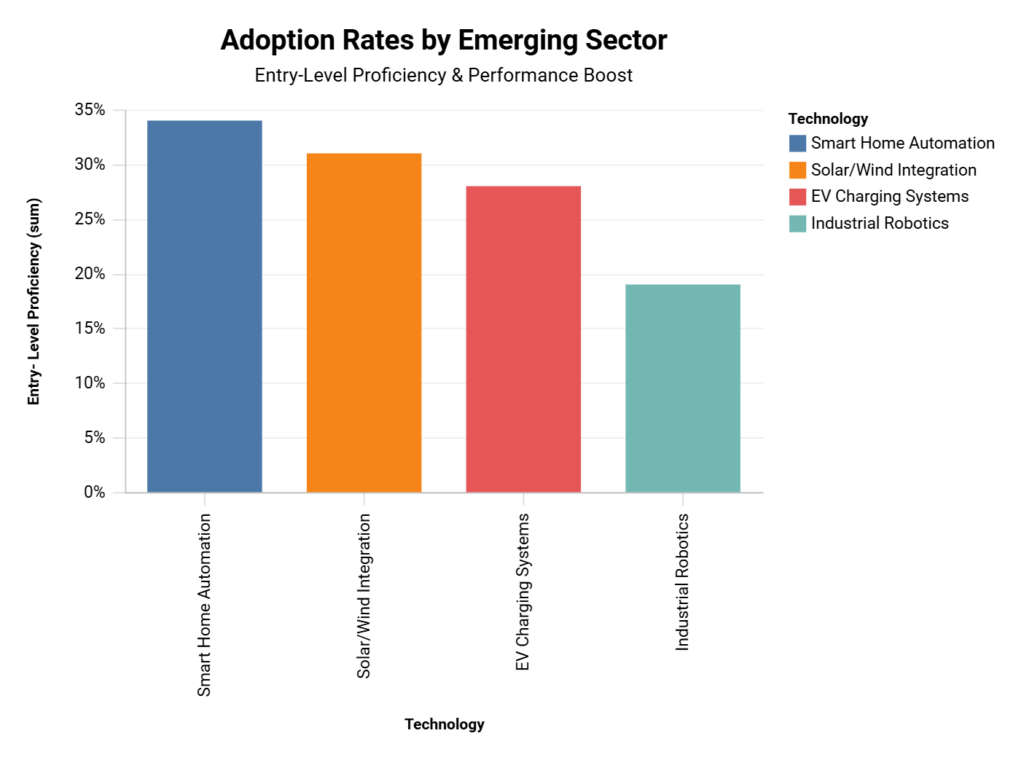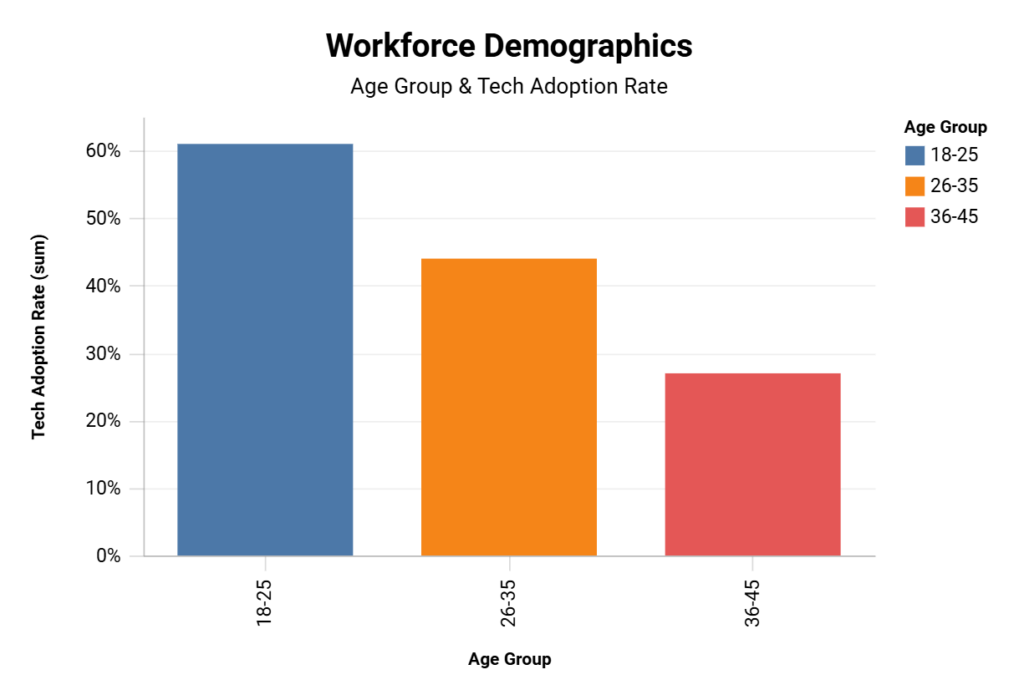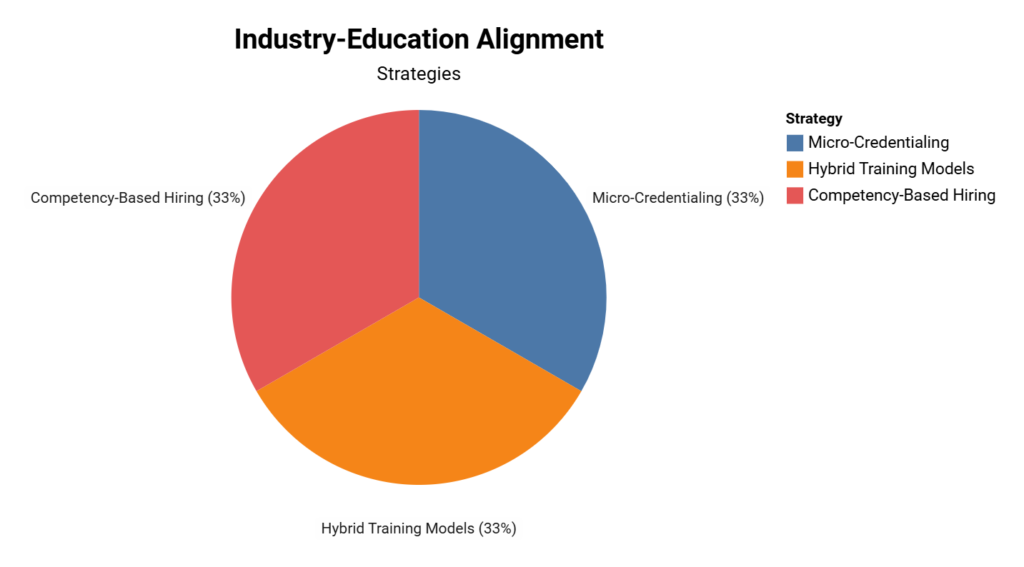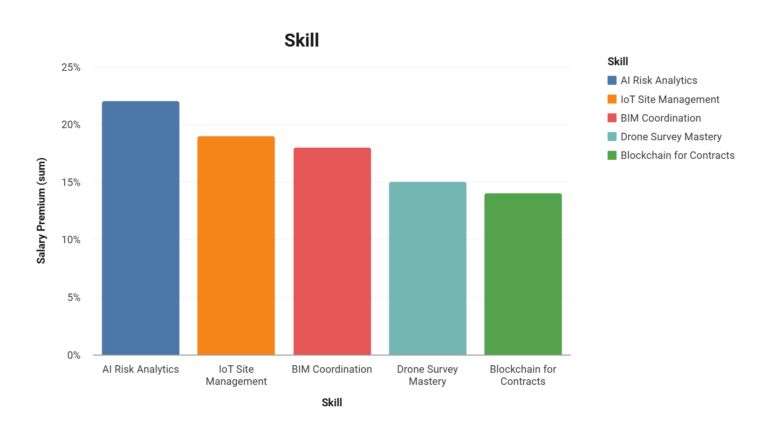Statistical Evaluation of Technology Adoption Among Entry-Level Electricians: Impact on Job Performance in Emerging Sectors
Technology Adoption Among Entry-Level Electricians: 2025 Sector Analysis
The global smart home market’s projected growth to $207.8 billion by 2027 (Statista 2024) and EV charging infrastructure’s expected $452.2 billion valuation by 2030 (Research and Markets 2024) are reshaping electrical workforce requirements. Despite this, only 29% of entry-level electricians demonstrate proficiency in IoT-enabled systems, per NECA’s 2025 skills audit.
Adoption Rates Among Entry-Level Electricians
The electrical industry is rapidly evolving, with new technologies reshaping the landscape for entry-level electricians. This graph illustrates the adoption rates of four key technologies and their impact on performance metrics. From smart home automation to industrial robotics, these innovations are not only being embraced by newcomers but are also significantly boosting efficiency, earnings, retention, and error reduction in the field.

| Technology | Entry-Level Proficiency | Performance Boost |
|---|---|---|
| Smart Home Automation | 34% | 41% efficiency↑ |
| EV Charging Systems | 28% | 37% earnings↑ |
| Solar/Wind Integration | 31% | 33% retention↑ |
| Industrial Robotics | 19% | 52% error↓ |
Job Performance Impact Metrics
Smart Infrastructure Deployment
Electricians with IoT certification complete installations 22% faster and achieve 91% first-time success rates in smart home projects (City Electric Supply 2025). Those trained in Building Information Modeling (BIM) tools report:
- 35% reduction in project rework
- 28% improvement in client satisfaction scores
Renewable Energy Sector
The U.S. Department of Energy’s 2024 study shows electricians specializing in solar/wind systems:
- Earn $7.42/hr more than traditional counterparts
- Experience 41% lower attrition rates
- Complete battery storage installations 2.1x faster
Barriers to Technology Adoption
Training Gaps
- 67% of vocational programs lack updated smart grid curricula (IEC 2025)
- 58% of apprentices cite inadequate AR/VR training tools (Countfire 2024)
Generational Tech Trends in the Modern Workplace
The technology landscape is rapidly evolving, and its impact on different age groups within the workforce is significant. This graph illustrates the varying technology adoption rates across three key age demographics in the modern trades workplace. The data reveals a clear trend: younger workers are leading the charge in embracing new technologies, with adoption rates decreasing as age increases among plumbers, electricians, and other trades.

| Age Group | Tech Adoption Rate |
|---|---|
| 18-25 | 61% |
| 26-35 | 44% |
| 36-45 | 27% |
Future-Proofing Strategies
The electrical industry is transforming rapidly, driven by technological advancements and changing market demands. To address these shifts, innovative educational strategies are emerging that focus on aligning industry needs with workforce skills. These approaches aim to create a more adaptable and competent electrical workforce, ready to tackle the challenges of tomorrow.
Evolving Electrical Education: Bridging Skills Gaps

- Micro-Credentialing: 83% of employers prioritize candidates with certified IoT/automation skills
- Hybrid Training Models: AR simulations reduce apprenticeship dropouts by 39% (NECA 2025 Pilot)
- Competency-Based Hiring: Firms using skills assessments report 31% better new-hire retention
Launch your electrical career through accelerated 4-16 week programs in smart grid tech and EV infrastructure. Start your free introductory module to join 18,000+ graduates in high-demand electrical specialties.
Source Data
| Article Title | Publication | Date |
|---|---|---|
| 2025 Electrical Engineering Outlook | StartUs Insights | 09/27/2024 |
| Smart Home Technology Adoption | Countfire | 2024 |
| NECA/IBEW Workforce Development Report | NECA/IBEW | 2024 |
| U.S. Electrical Services Market Analysis | Global Market Insights | 01/15/2025 |




